In the past, travel planning meant flipping through guidebooks, booking through a travel agent, or reading lengthy brochures. Fast forward to today, and it’s more likely that someone will plan their entire trip after a few minutes of scrolling through Instagram, TikTok, or watching a YouTube vlog.
Social media has revolutionized not just how people get inspired to travel, but also how they research, book, and experience their journeys. It is now an integral part of the travel funnel—from dreaming to decision-making, and even sharing post-trip content that inspires the next wave of travelers.
Let’s explore how social media is reshaping the entire travel planning experience.
✨ 1. Social Media as the New Travel Inspiration Engine
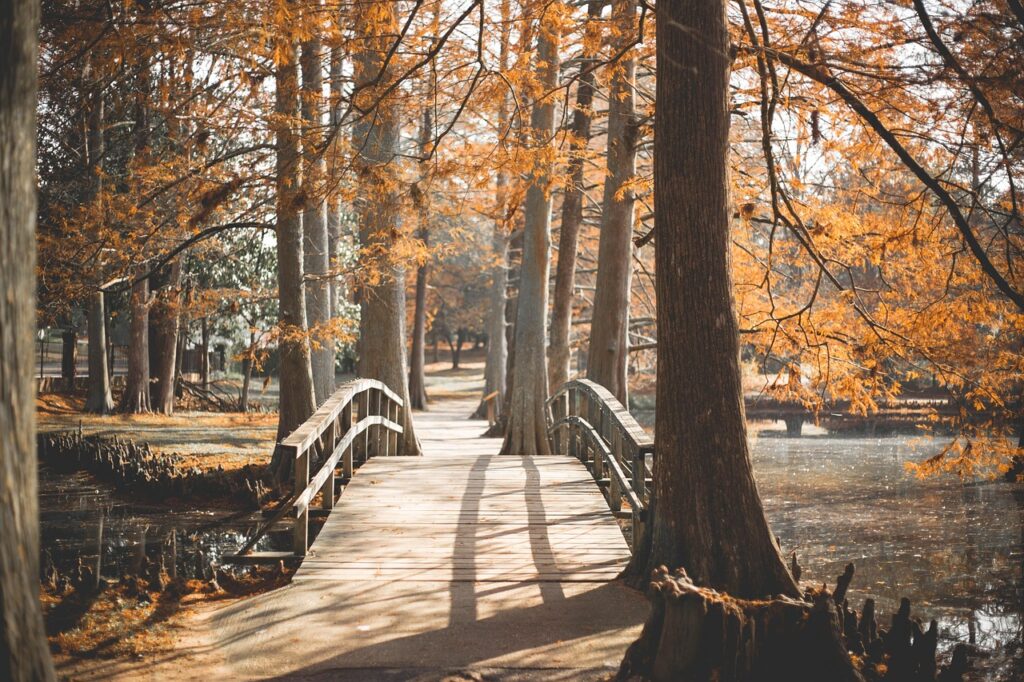
In today’s digital landscape, discovery happens on social media first.
A breathtaking drone shot of a beach in the Philippines, a TikTok of a $5 noodle stall in Bangkok, or a cinematic reel of a hike in Patagonia can instantly spark wanderlust—and action.
💡 Key Trends:
- Visual-first platforms like Instagram, TikTok, and Pinterest dominate travel discovery.
- “Save now, travel later” behavior is common—users save posts for future trips.
- Gen Z and Millennials often say, “I saw it on TikTok/Instagram” before booking a flight.
✅ Stats:
- 75% of travelers use social media for inspiration before making a travel decision.
- 60% of Gen Z and Millennials say that content on TikTok and Instagram influences their travel destinations more than traditional ads.
🔍 2. Destination Research Is Now Peer-Led
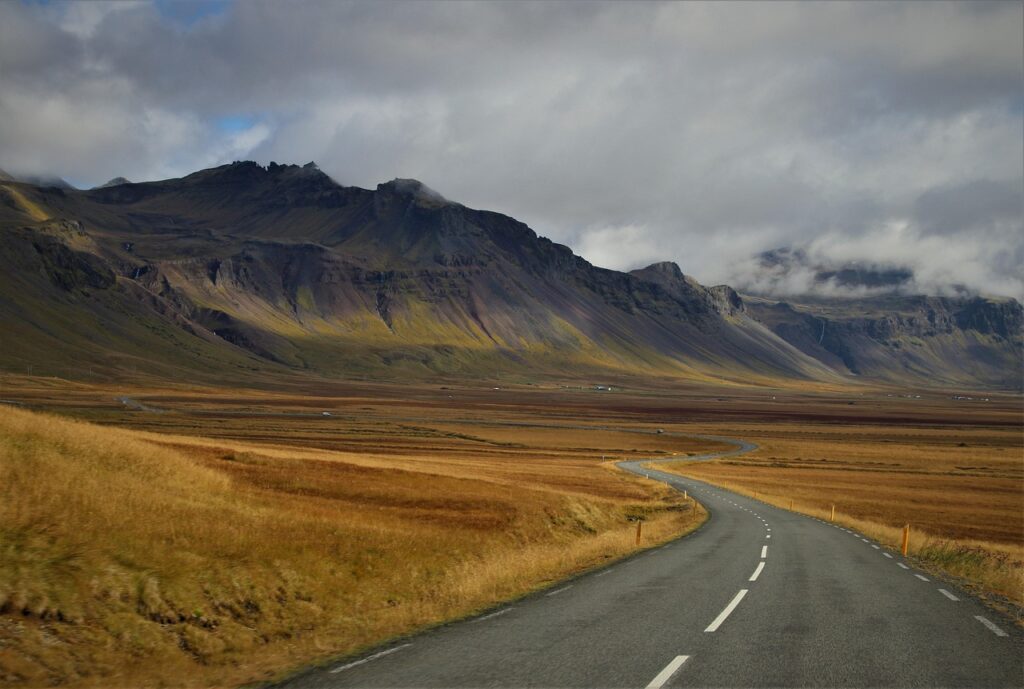
Once inspired, travelers turn to user-generated content (UGC) to get real, on-the-ground insights.
Instead of reading lengthy articles, users:
- Watch vlogs on YouTube for full trip itineraries.
- Search hashtags like #CapriItinerary or #ParisOnABudget.
- Explore Instagram Stories highlights from creators or other travelers.
- Use TikTok as a search engine: e.g., “Things to do in Tokyo” or “Best cafes in Lisbon.”
🧠 Why This Works:
- Social media gives real-time, relatable perspectives.
- Travelers get visual confirmation of what they can expect.
- Influencer or traveler experiences seem more trustworthy than polished brand marketing.
💼 3. Influencer Content Is Driving Bookings
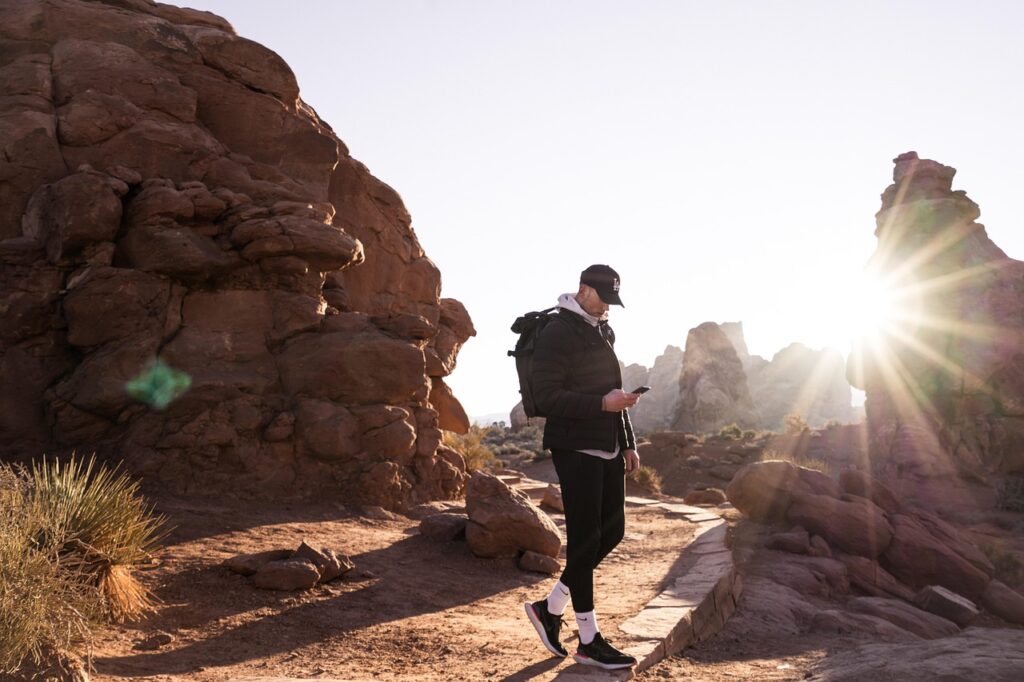
Social media influencers have become key decision-makers in travel planning. Their itineraries, reviews, tips, and “hidden gem” recommendations often carry more weight than guidebooks or official tourism websites.
🤳 Influencer Impact:
- Micro-influencers (10K–100K followers) offer niche expertise (e.g., solo female travel, adventure hiking, food-focused travel).
- Macro-influencers create aspirational content that influences broader audience travel patterns.
- Affiliate links & discount codes directly track bookings and conversions.
✅ Real-World Example:
An influencer posts a 60-second TikTok on an off-the-beaten-path town in Portugal, tagging the hotel. Within days, that hotel sees a spike in bookings from international travelers. This is happening regularly—and at scale.
📲 4. Social Media Platforms Are Becoming Booking Tools
It’s no longer just about seeing a place on social media—users can now book directly from apps.
🛠️ Emerging Features:
- Instagram allows booking links in bios and Stories.
- TikTok Shop enables creators to promote travel gear, tours, or services.
- Pinterest has integrated shoppable travel boards and planning tools.
- Google integrates YouTube reviews and influencer content into search results.
- New travel startups are allowing creators to share interactive itineraries with embedded bookings.
This has effectively turned social platforms into hybrid search engines, marketplaces, and travel agencies.
🌐 5. Social Proof and FOMO Shape Travel Decisions
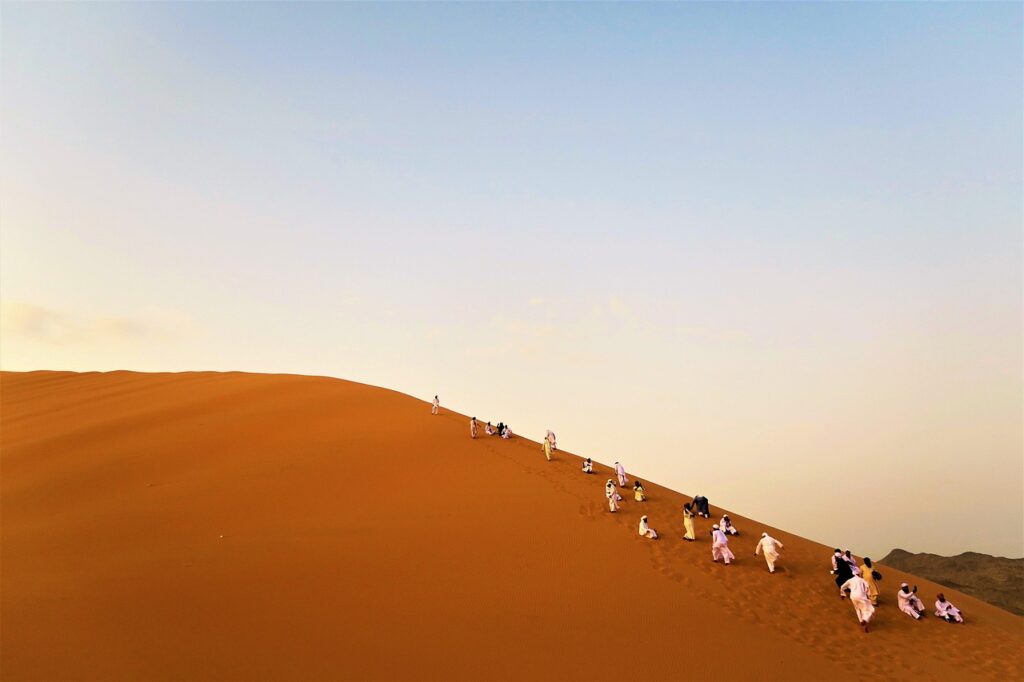
In an era of experience-first culture, people often choose destinations based on how shareable the experience is.
Social Proof Examples:
- “Instagrammable” cafes, hotels, and scenic spots draw crowds simply because they look good online.
- Popularity of certain hashtags (#Wanderlust, #DigitalNomad, #HiddenGem) creates a sense of belonging or identity.
- Real-time Stories and Reels create FOMO (Fear of Missing Out), prompting others to book similar trips.
Pros:
- Encourages travel to unique and diverse locations.
- Gives businesses and destinations free exposure.
Cons:
- Can lead to over-tourism and unrealistic expectations (e.g., perfect weather, no crowds).
🧳 6. Social Media Enhances the On-the-Ground Experience
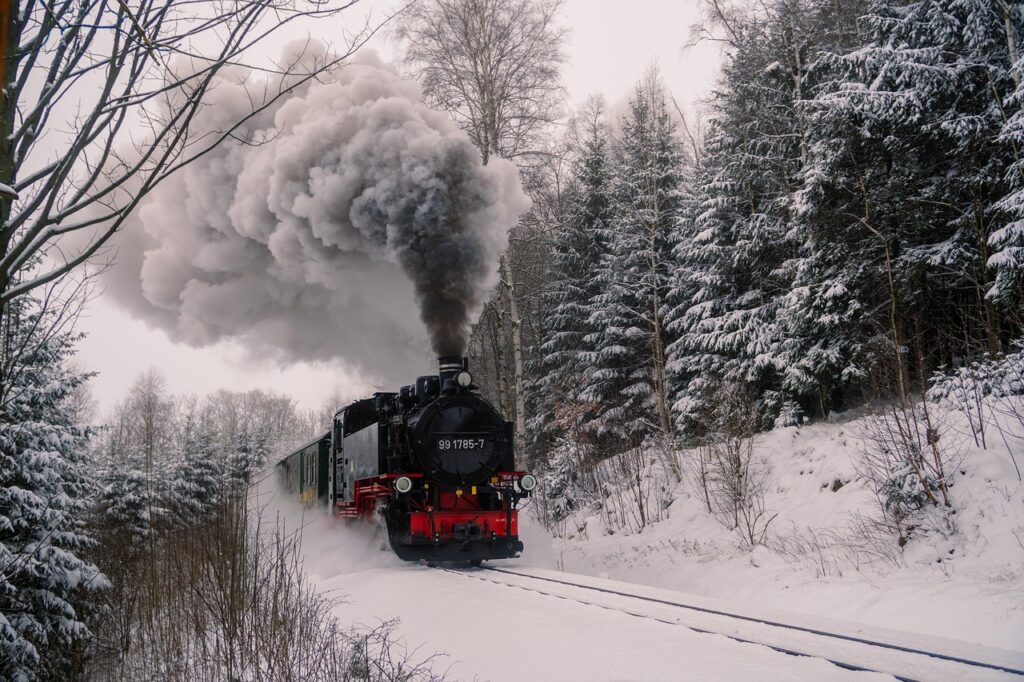
Travelers continue using social media during their trip to:
- Discover nearby restaurants via location tags.
- Get live updates on weather or events.
- Ask for tips in Facebook groups or Reddit threads.
- Navigate cities using saved Instagram Guides or TikTok collections.
In many ways, social media replaces the guidebook and becomes a personalized travel assistant.
📸 7. Post-Trip Sharing Fuels the Travel Content Loop
Once the trip is over, travelers don’t just go home—they share their experiences online, fueling the next cycle of travel inspiration.
- Tagging locations, hotels, and airlines
- Writing honest reviews in captions or Stories
- Posting daily itineraries and travel tips
This UGC (user-generated content) becomes a powerful form of word-of-mouth marketing that brands, tourism boards, and platforms leverage to drive even more bookings.
Bonus: Post-trip sharing provides free marketing for destinations and brands—if the experience was positive.
🎯 How Travel Brands and Tourism Boards Are Responding
To stay relevant, brands and tourism boards are shifting their strategies to meet travelers where they are—on social media.
✅ Smart Strategies:
- Partnering with influencers to create authentic content
- Investing in short-form video campaigns for Reels and TikTok
- Running UGC-based contests and hashtag campaigns
- Creating interactive itineraries with embedded Google Maps, videos, and booking links
- Building community via Instagram and Facebook Groups
Example: Visit Iceland runs quirky, highly shareable social campaigns targeting specific age groups with humor and relatability.
